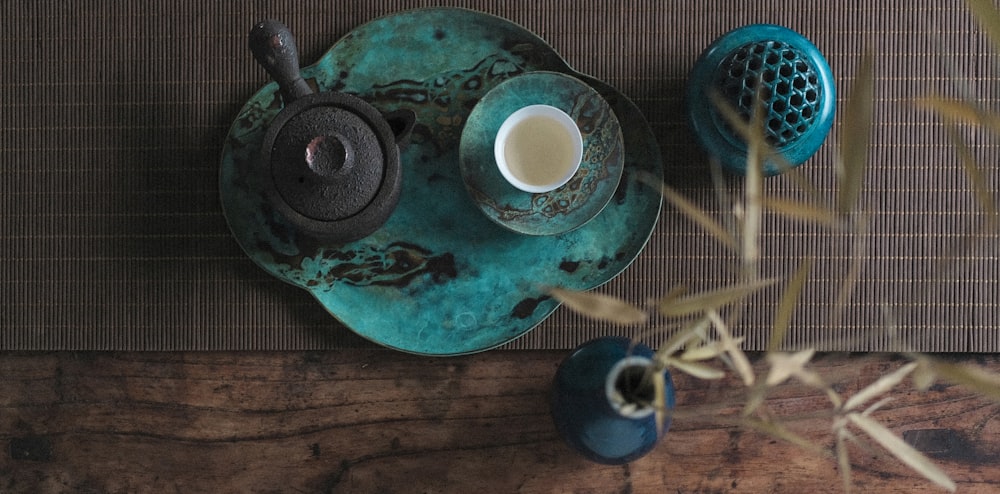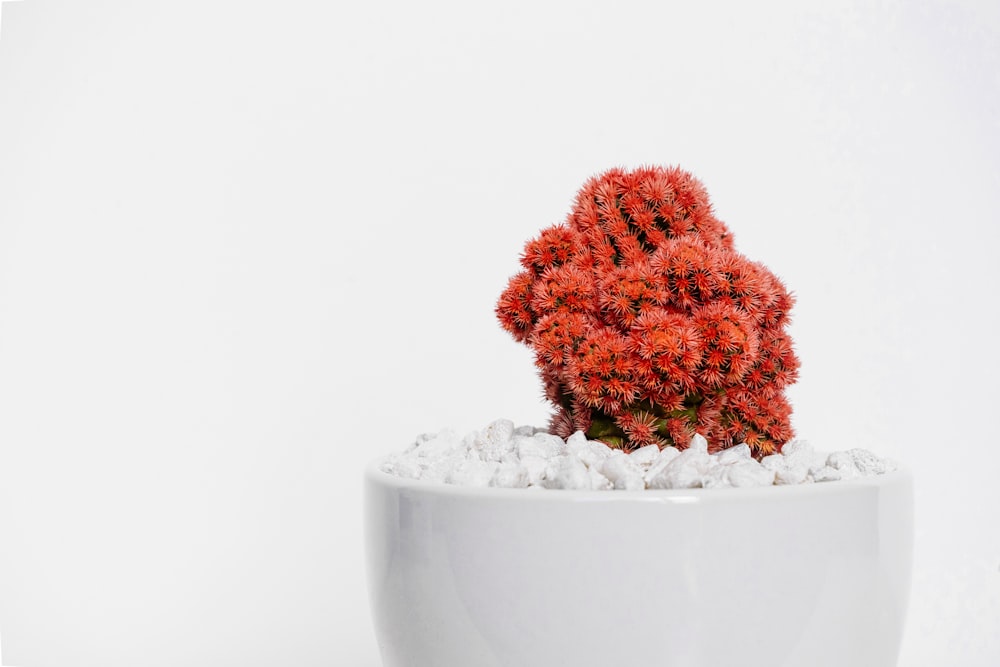
Timeless Charm Minimal Traditional Interior Design
Exploring Timeless Charm: Minimal Traditional Interior Design
Preserving Classic Elegance:
In the realm of interior design, the concept of minimalism has found a perfect partner in traditional aesthetics. This fusion results in a timeless charm that combines the best of both worlds. Minimal traditional interior design emphasizes simplicity, clean lines, and understated elegance while maintaining the classic elements that define traditional decor.
Embracing Simplicity:
Minimal traditional interior design revolves around the idea of embracing simplicity without sacrificing the richness and warmth associated with traditional homes. It strips away unnecessary clutter and ornate details, allowing the inherent beauty of traditional architectural features to shine through. This approach creates spaces that feel open, inviting, and effortlessly elegant.
Harmony of Clean Lines and Classic Touches:
At the heart of minimal traditional interior design lies a delicate balance between clean, contemporary lines and classic, timeless touches. This harmony is achieved by carefully selecting furnishings and decor that complement the traditional architectural elements of the space while adhering to minimalist principles. The result is a cohesive design that feels both fresh and familiar.
Quality Over Quantity:
In minimal traditional interior design, the focus is on quality over quantity. Instead of filling a space with an abundance of furniture and accessories, each piece is chosen thoughtfully for its craftsmanship, durability, and contribution to the overall aesthetic. This curated approach to decorating ensures that every element in the room serves a purpose and adds to the timeless charm of the space.
Neutral Color Palette:
A neutral color palette forms the foundation of minimal traditional interior design. Shades of white, beige, gray, and taupe provide a timeless backdrop that allows traditional architectural features, such as crown molding, wainscoting, and woodwork, to take center stage. These soft, muted hues create a sense of calm and tranquility while enhancing the classic elegance of the space.
Incorporating Natural Materials:
Natural materials play a crucial role in minimal traditional interior design, adding warmth, texture, and visual interest to the space. Wood, stone, and metal are often featured prominently, whether in the form of exposed beams, hardwood floors, or wrought iron accents. These materials bring a sense of authenticity and character to the space, further enhancing its timeless charm.
Simplicity in Furnishings:
Furnishings in minimal traditional interior design are characterized by their simplicity and understated elegance. Clean lines, sleek silhouettes, and minimal ornamentation define the furniture selection, creating a sense of harmony and balance in the space. Each piece is chosen for its quality craftsmanship and ability to complement the traditional aesthetic without overpowering it.
Thoughtful Details:
While minimal traditional interior design may appear simple at first glance, it is the thoughtful details that truly elevate the space. From carefully curated artwork to strategically placed accessories, every element is chosen with intentionality and purpose. These subtle touches add layers of visual interest and personality to the space, creating a home that is both timeless and uniquely yours.
Creating Timeless Spaces:
Ultimately, minimal traditional interior design is about creating spaces that stand the test of time. By blending the timeless charm of traditional decor with the clean lines and simplicity of minimalism, these interiors exude a sense of elegance, sophistication, and tranquility that never goes out of style. It’s about creating a home that feels both welcoming and enduring, where every detail is thoughtfully considered and every corner tells a story of timeless charm. Read more about minimal traditional interior design



